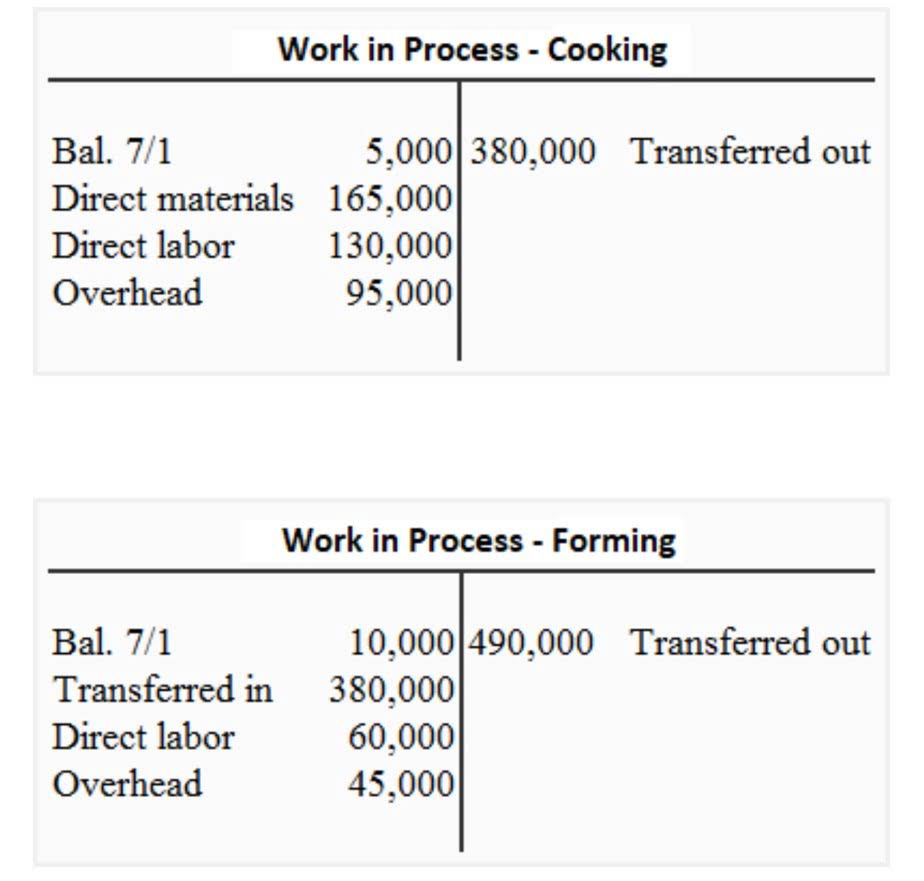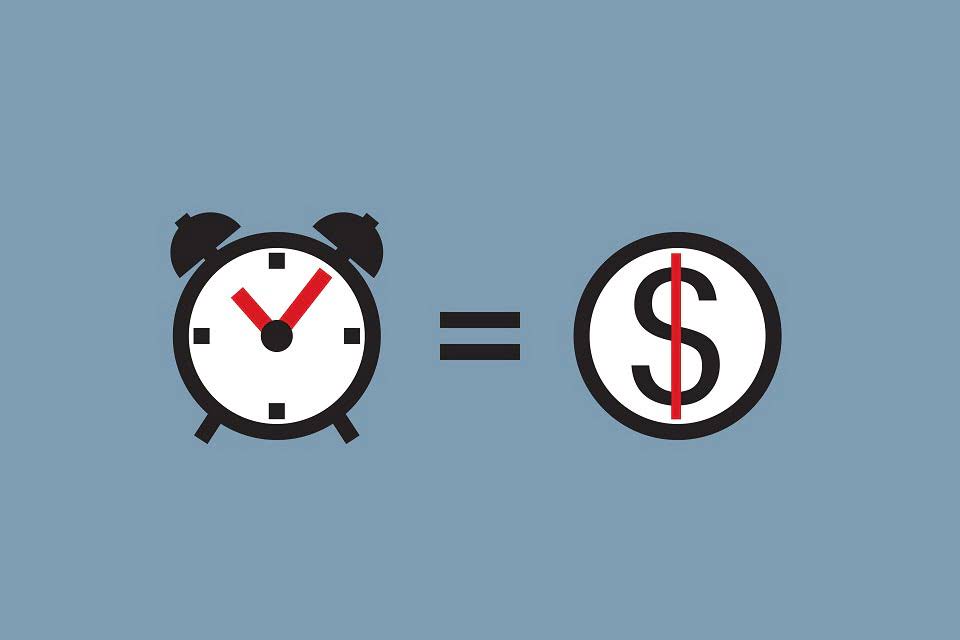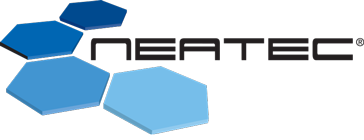Understanding Double Declining Balance Depreciation

The units of output method is based on an asset’s consumption https://www.bookstime.com/ of measurable units. It is most likely to be used when tracking machine hours on a machine that has a useful life of a given number of total machine hours. The depreciation expense calculated by the double declining balance method may, therefore, be greater or less than the units of output method in any given year.
Examples of Double Declining Balance Depreciation
DDB lets you depreciate those items faster and lower your taxable income in the years when you need every dollar to reinvest. If you’re a startup or small business investing in high-tech or quickly aging assets like computers, packaging equipment, or 3D printers. Doing some market research, you find you can sell your five year old ice cream truck for about $12,000—that’s the salvage value. Bench simplifies your small business accounting by combining intuitive software that automates the busywork with real, professional human support.
Cons of the Double Declining Balance Method
For comparison’s sake, this is what XYZ Company would book for depreciation expense every year under the straight line depreciation method versus double declining balance depreciation method. Accountants have the discretion to change from using the double declining balance Accounting Periods and Methods method to employing the straight-line method when it results in a greater depreciation expense for any particular year. This transition needs solid reasoning behind it so that compliance with accounting principles and tax regulations is maintained. A double-declining balance method is a form of an accelerated depreciation method in which the asset value is depreciated at twice the rate it is done in the straight-line method.
Integrating Scheduling Tools into Your Accounting Workflow

To record the depreciation expense each year for this asset, we enter a journal entry that debits Depreciation Expense $4,000 and credits Accumulated Depreciation $4,000. The above image doesn’t a much better job of explaining switching depreciation methods than mere words alone. The mathematics of Double-declining depreciation will never depreciate an asset down to zero. Because depreciation, ultimately, reduces taxable income, we want to depreciate each asset down to zero or expense money is left on the table. Our AI-powered Anomaly Management Software helps accounting professionals identify and rectify potential ‘Errors and Omissions’ on a daily basis so that precious resources are not wasted during month close.
- This section delves into the concept of the Double Declining Balance and how it is calculated, providing an overview of its significance in accounting and asset management.
- Businesses use accelerated methods when having assets that are more productive in their early years such as vehicles or other assets that lose their value quickly.
- For example, interest earned by a manufacturer on its investments is a nonoperating revenue.
- When changing depreciation methods, companies should carefully justify the change and adhere to accounting standards and tax regulations.
- Therefore, the first year depreciation expense for the $10,000 machine would be equal to $4,000 (.40 X 10,000) — provided the asset was placed in service on January 1, of that year.
- In some cases, we earn commissions when sales are made through our referrals.
- The amount that a company spent on capital expenditures during the accounting period is reported under investing activities on the company’s statement of cash flows.
- The double-declining-balance method requires the use of a depreciation rate that doubles the rate of a straight-line depreciation.
- In the DDB schedule in Exhibit 3, notice that after year 4, the truck’s book value is 8,683 dollars.
- Companies can (and do) use different depreciation methods for each set of books.
- This is done by subtracting the salvage value from the purchase cost of the asset, then dividing it by the useful life of the asset.
If the company was using the straight-line depreciation method, the annual depreciation recorded would remain fixed at $4 million each period. For reporting purposes, accelerated depreciation results in the recognition of a greater depreciation expense in the initial years, which directly causes early-period profit margins to decline. The formula used to calculate annual depreciation expense under the double declining method is as follows. Profitability is also affected by the DDB method, as it impacts a company’s reported net income. However, as depreciation expense decreases in subsequent years, net income becomes comparatively higher.

Examples of Assets to be Depreciated

The units-of-production method ties depreciation to an asset’s actual usage or output, making it ideal for assets whose wear and tear depends on utilization rather than time. This approach provides a more accurate reflection of an asset’s value, particularly in industries with fluctuating production volumes. For example, if a company buys machinery for $100,000 with a 10-year useful life and a $10,000 salvage value, the annual depreciation expense would be $9,000.
- Things that are resources owned by a company and which have future economic value that can be measured and can be expressed in dollars.
- The accounting profession has addressed this situation with a mechanism to reduce the asset’s book value and to report the adjustment as an impairment loss.
- In the final year of depreciation, make sure the depreciation expense is adjusted so that the asset’s book value equals the salvage value.
- While the DDB method does not directly impact cash flow, the lower taxable income in the early years can result in lower tax liabilities, effectively improving the company’s cash position.
- The depreciation for the 2nd year will be 9/55 times the asset’s depreciable cost.
- However, the management teams of public companies tend to be short-term oriented due to the requirement to report quarterly earnings (10-Q) and uphold their company’s share price.
Calculating depreciation using DDB, step-by-step
Our mission is to equip business owners with the knowledge and confidence to make informed decisions.
A disadvantage of the double declining method is that it is more difficult to calculate than the more traditional straight-line method of depreciation. Given the difficulty of calculation, this also means that it is easier to calculate the wrong amount of depreciation. Also, double declining depreciation most assets are utilized at a consistent rate over their useful lives, which does not reflect the rapid rate of depreciation resulting from this method. Further, this approach results in the skewing of profitability results into future periods, which makes it more difficult to ascertain the true operational profitability of asset-intensive businesses. Consequently, there are several serious disadvantages to using the double declining balance method. This can lead to lower taxable income and deferred tax payments, which can improve a company’s cash flow in the initial years of asset usage.
Although the method does not directly include salvage value in annual calculations, it becomes relevant in the final adjustment. For instance, the IRS requires compliance with the Modified Accelerated Cost Recovery System (MACRS), which may involve salvage value considerations for tax purposes. Multiply the straight line depreciation rate by 2 to get the double declining depreciation rate. Using the steps outlined above, let’s walk through an example of how to build a table that calculates the full depreciation schedule over the life of the asset.

